Companies that sell electric vehicle technology and products in America have been having a tough time lately as the competition among them fights for limited customers and plateauing sales figures.
Recently, a key EV infrastructure company called Charge Enterprises filed for bankruptcy in the US Bankruptcy Court. Their bankruptcy filing will be a blow to the industry in the US because Charge Enterprises is a manufacturer of EV charging stations, something the country is already in short supply of.
Filing for Bankruptcy

On March 7, Charge Enterprises filed for Chapter 11 bankruptcy in the District of Delaware.
The bankruptcy will hand control of the business and its restructuring to a lender known as Arena Investors in a deal, awarding them 100% ownership of the company.
Value of Charge Enterprise

According to Bloomberg, Charge Enterprises has more than $114 million in assets while its liabilities are around $48 million.
The company asked its creditors for feedback on its restructuring plan and hopes the bankruptcy court will approve its deal with Arena Investors by April 24, 2024. Should the deal go through, Charge Enterprises would hopefully secure their way out of debt and back to producing EV charging products.
Blame for the Bankruptcy

Bloomberg reports that Charge Enterprises blamed its bankruptcy on its investment advisor, Korr Acquisitions Group, and Kenneth Orr, its former chairman.
Korr was supposed to be holding $10 million to help them pay off their debt, but when Charge Enterprises tried to access it, they were reportedly told it was unavailable.
Fourth Recent Bankruptcy
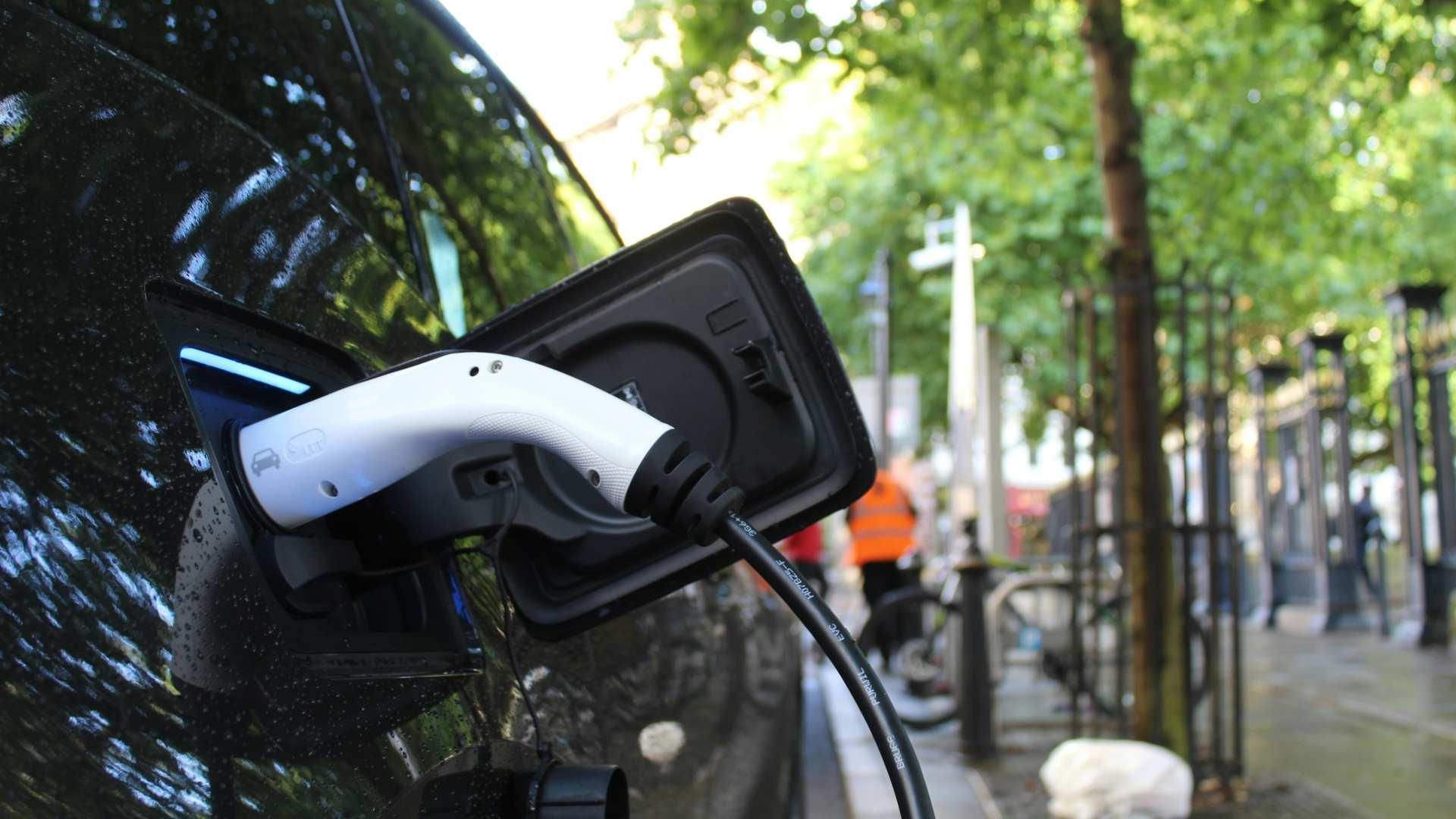
The EV industry has been struggling in many countries across the world, and this latest bankruptcy from Charge Enterprises is the fourth in recent years.
Previously, EV producer Lordstown Motors, EV parts producer Proterra, and Electric Last Miles Solutions all filed for bankruptcy in 2022. These bankruptcies follow a struggling EV market that has failed to attract customers on a wider scale.
Lordstown Bankruptcy
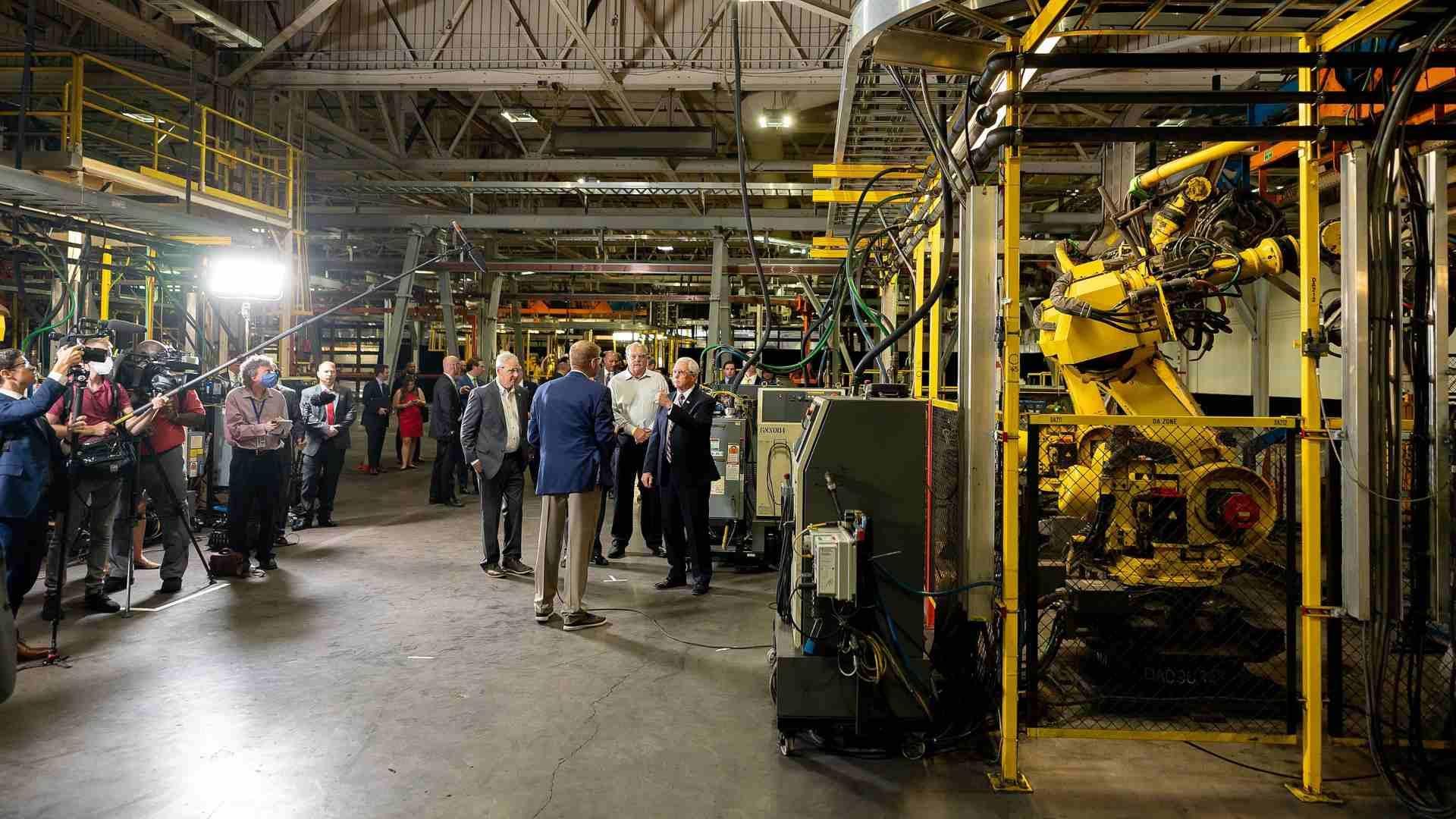
Lordstown Motors, an EV producer from Ohio, filed for Chapter 11 bankruptcy in 2023 as it sold its assets and restructured its organization. On March 5, 2024, a debtor took control of the Chapter 11 plan.
Another issue the company has to contend with is charges from the SEC. The SEC reported in a press release in February that the company has been charged with misleading investors about its electric pickup truck.
The EV Market Struggles
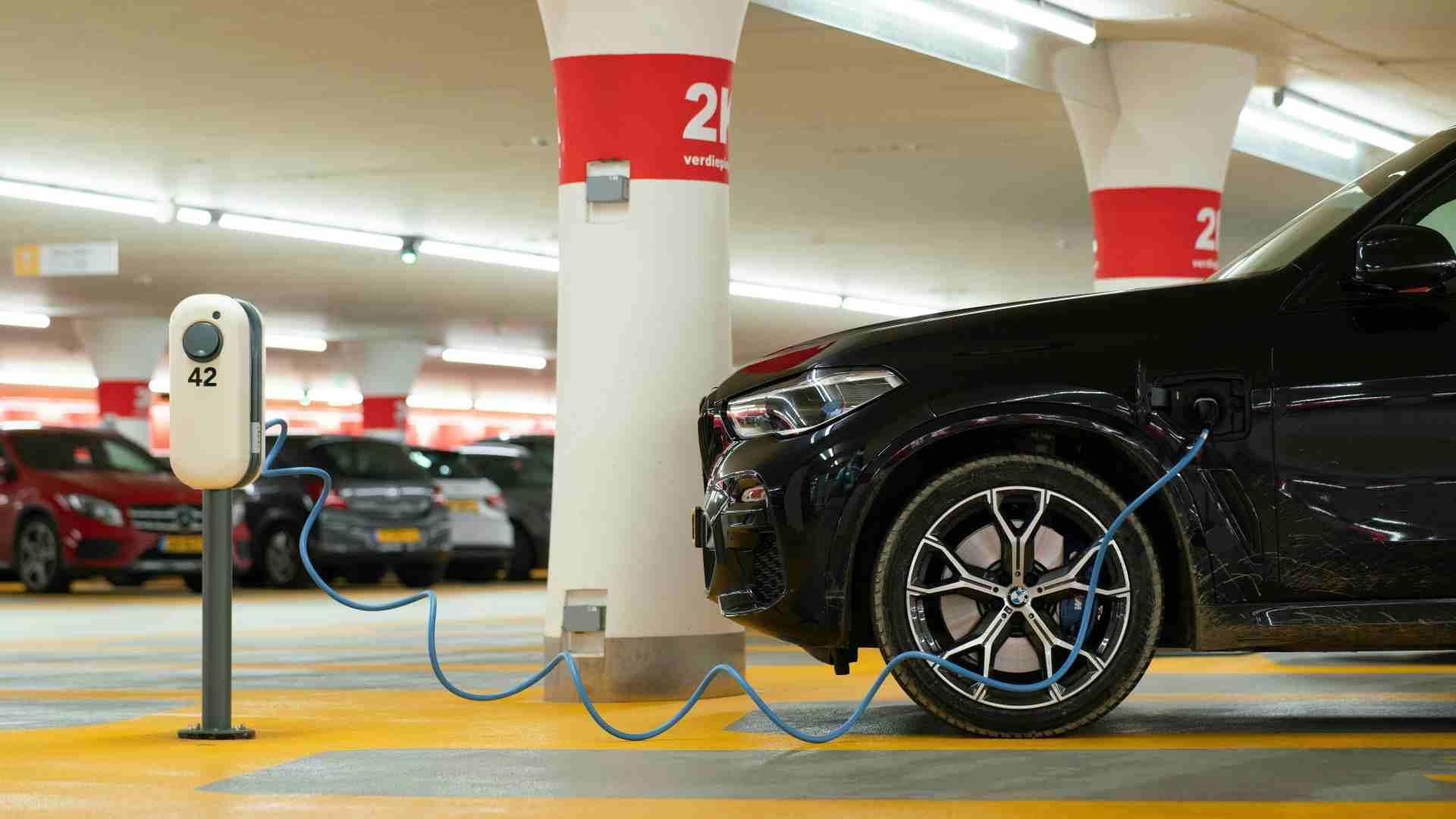
EV sales have fallen into a slump in recent years, despite efforts by governments in the US to push the technology onto residents. Americans simply aren’t buying enough EVs to support the industry and fuel widespread adoption.
There are several incentive programs at the federal and state levels to provide tax credits for people wanting to buy EV vehicles, yet despite various incentives, nothing seems to be working.
Lack of Charging Stations
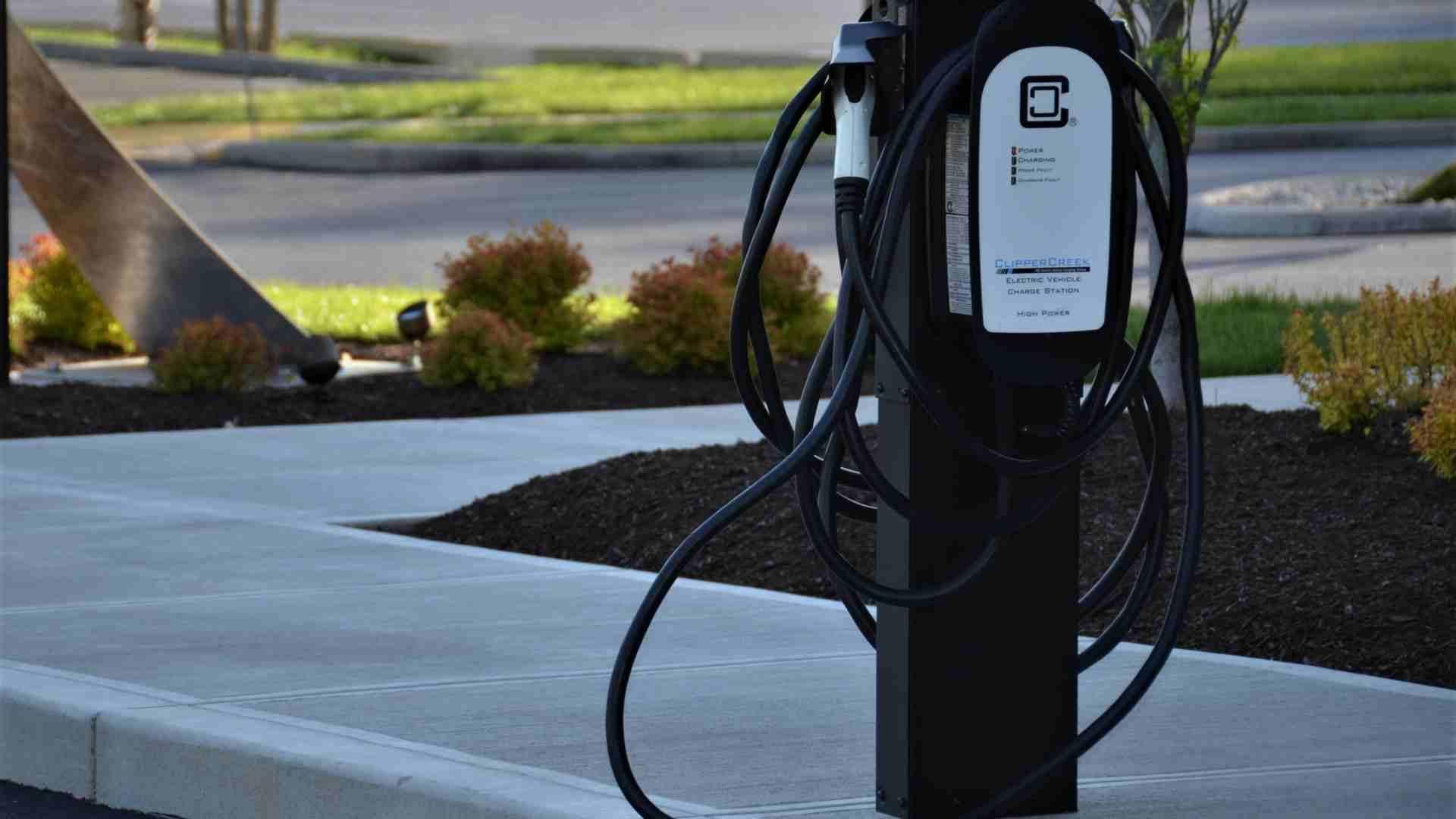
One reason people give for not buying an EV is the lack of charging stations. A recent study by the Energy Policy Institute found that 77% of people listed the lack of charging stations as a reason why they were not interested in an electric vehicle.
Without access to charging stations, people would need to charge them at their homes. Not only is this inconvenient, but it increases the cost of their electric bill every month.
EVs Have More Problems

Another reason why people are hesitant to invest in EVs is the number of problems they have compared to a standard gas vehicle.
A Consumer Report study in 2023 found that electric vehicles have almost 80% more problems than gas-powered vehicles. They are also generally less reliable, meaning people are worried about EVs breaking down more often.
The Cost of EVs

What people ultimately spend on EVs versus gas-powered vehicles can vary greatly because of different considerations. EVs typically have a higher price tag, but they also can cost less over the long run when looking at the savings on cheaper fuel and maintenance costs.
However, that generally more expensive upfront cost turns customers off, who would have to own an EV for several years before they start to see any financial benefits.
Companies Are Halting Production Goals

In response to disappointing sales of electric vehicles, some producers of EVs like Ford are reassessing their production goals. In December 2023, Ford told its suppliers that it was cutting the production of its 2024 F-150 EV model down by half.
This is a tough decision for EV makers, who have had to invest a lot of time and money into developing them, only for sales of EVs to be lackluster.
EVs Going Forward
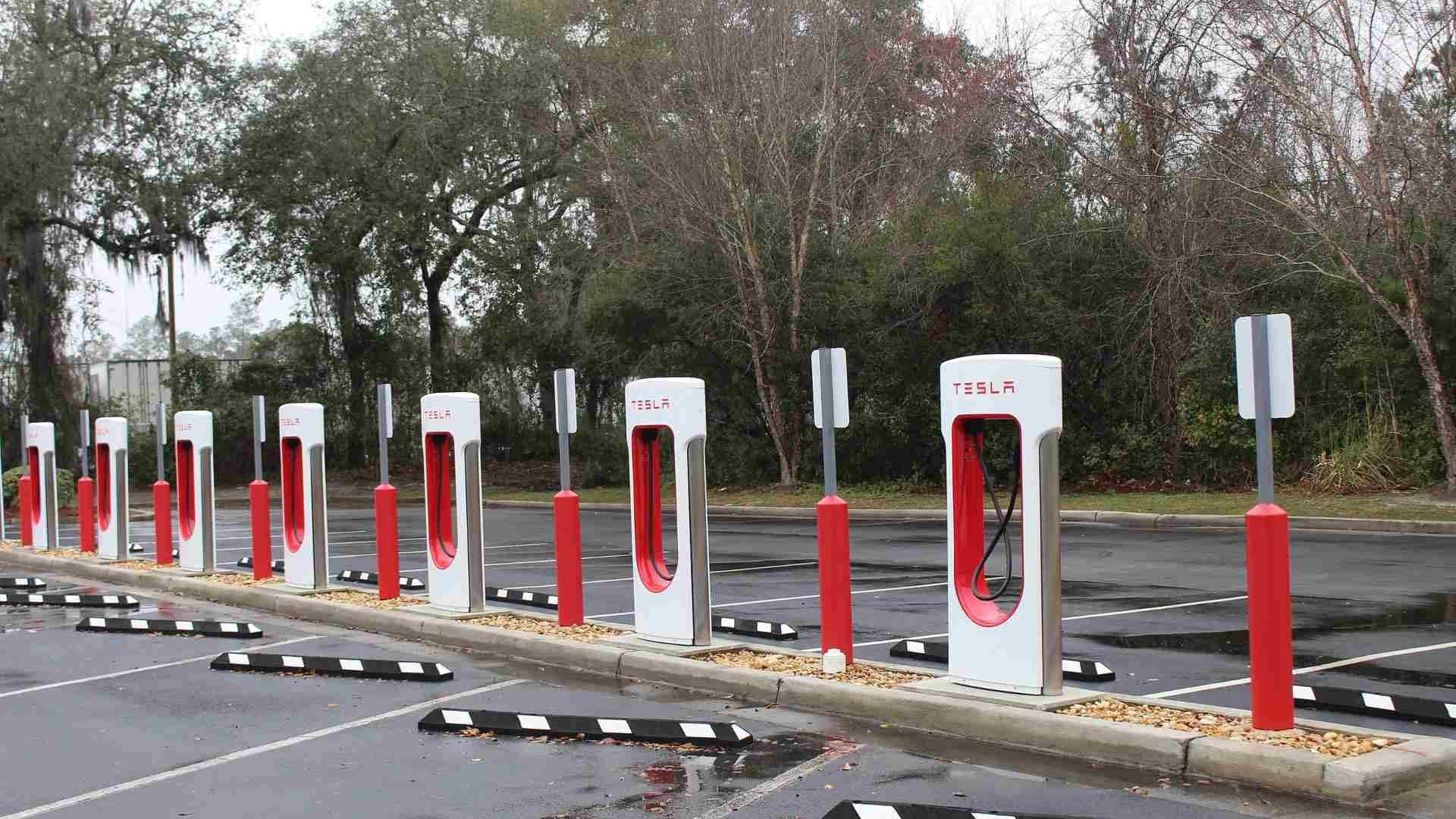
As more companies are cutting back on EV production and filing bankruptcy for financial distress, this will cause investors to be reluctant to get into the industry. EVs made a splash with early adopters, but have struggled with breaking out of their niche customer market.
Going forward, EV vehicle producers will need to find a way to address problems with EVs if they expect people to want to abandon gas-powered vehicles wholesale.
Hesitancy to Purchase EVs
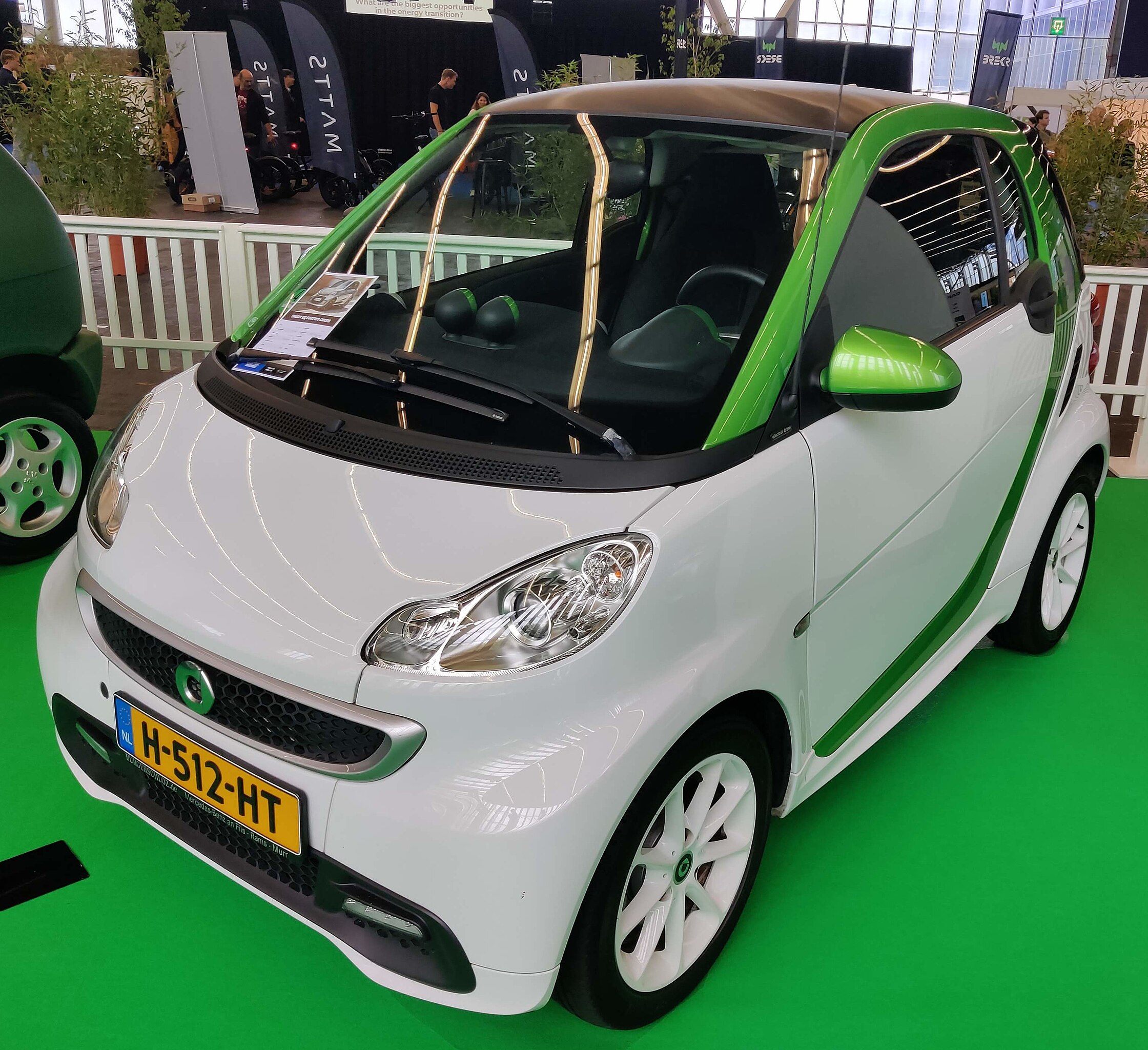
Electric vehicle models are piling up in dealerships across the country as the expected demand for them has not been met by customers in the market.
A report released by Car Gurus in October noted that EV inventories from retailers increased by over 500% from just the year before.
Price Decreases

In the report, EVs dominated the top spots for used models with price declines. The Audi e-tron model EV had a 37.1% price decrease in one year.
Tesla’s Model X, Y, and S saw a price drop between 34 % and 37%. Between October 2023 and 2022, the Ford F-150 Lightning’s price fell from $104,810 to $68,705.
Supply and Demand
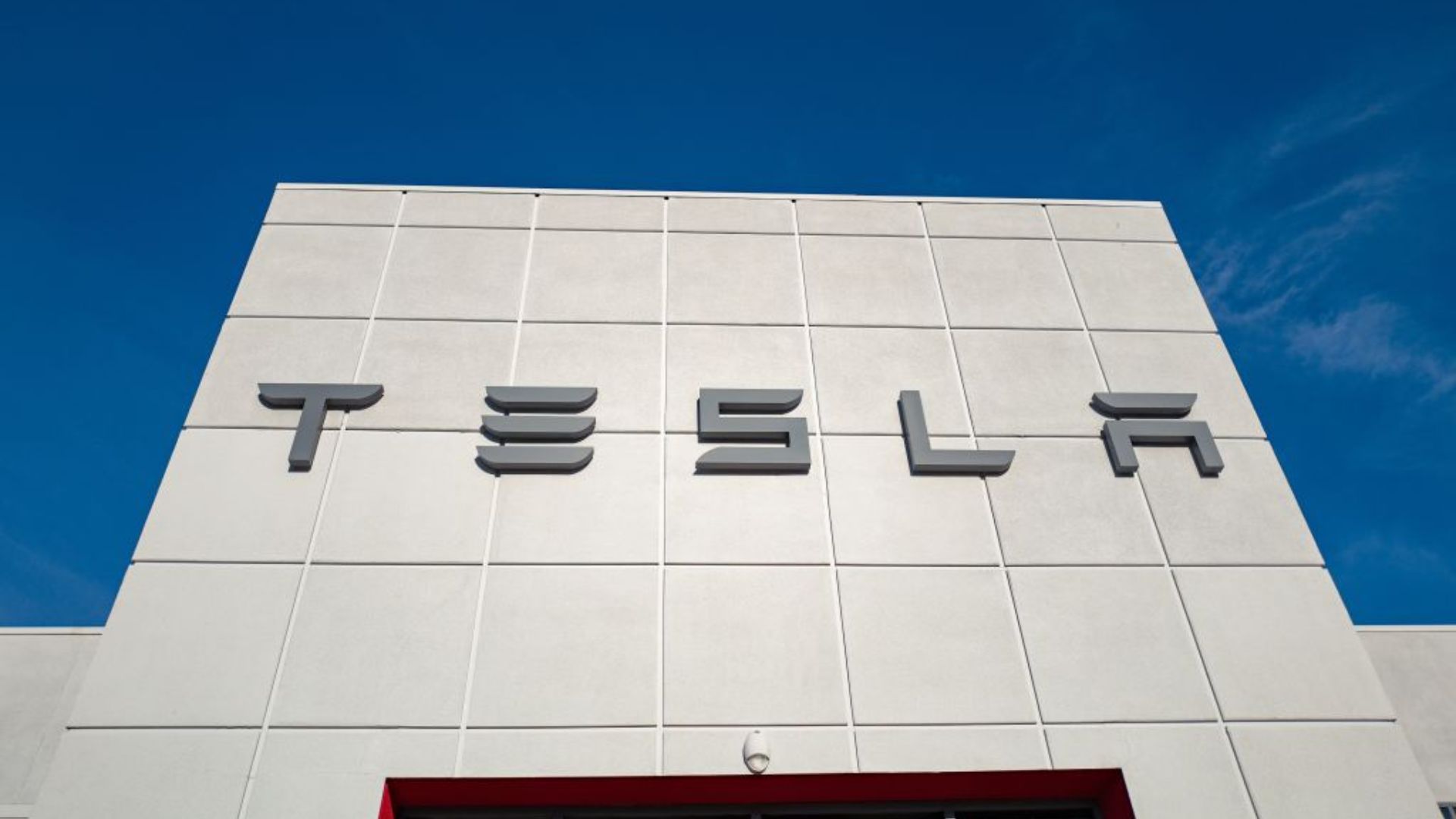
The lack of demand for EVs helped cause the massive price drops seen on prominent EV models, which some may think could reflect a customer’s unwillingness to buy new vehicles.
However, data from CarGurus from October shows that new vehicle demand actually increased by 13.9% year-over-year. People are actively choosing to avoid newer EV models in favor of other newer models.
Price Is a Higher Priority for Customers
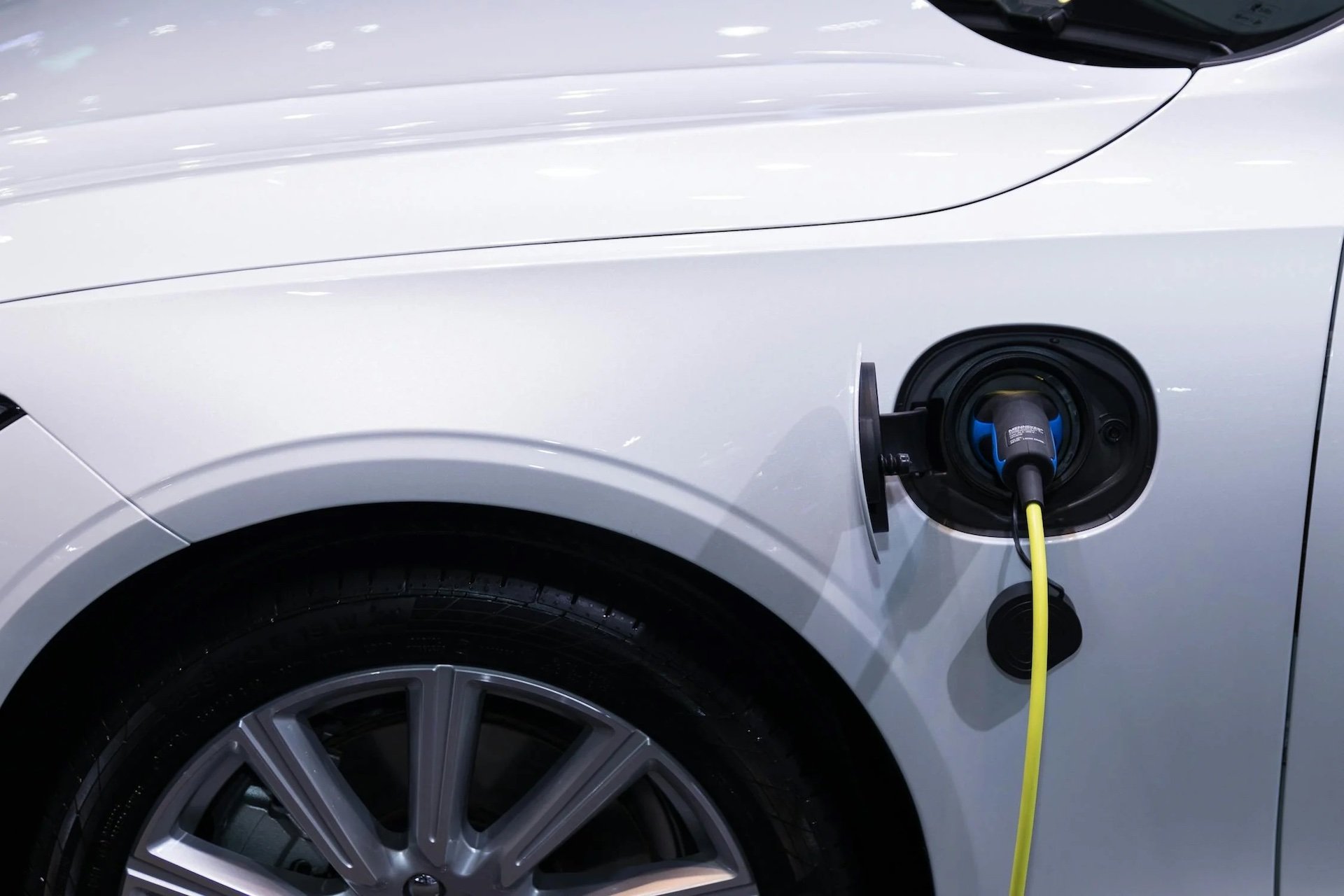
Analyst Julia Martinez, who works at Morning Consult, wrote about various considerations customers bring up around electric vehicles. Chief among them seems to be the vehicle prices, which are too expensive even with government incentives.
“While consumers still have plenty of concerns surrounding an EV’s battery range, price remains the higher priority when purchasing an EV,” Martinez said.
So Why Aren’t Price Drops Helping?
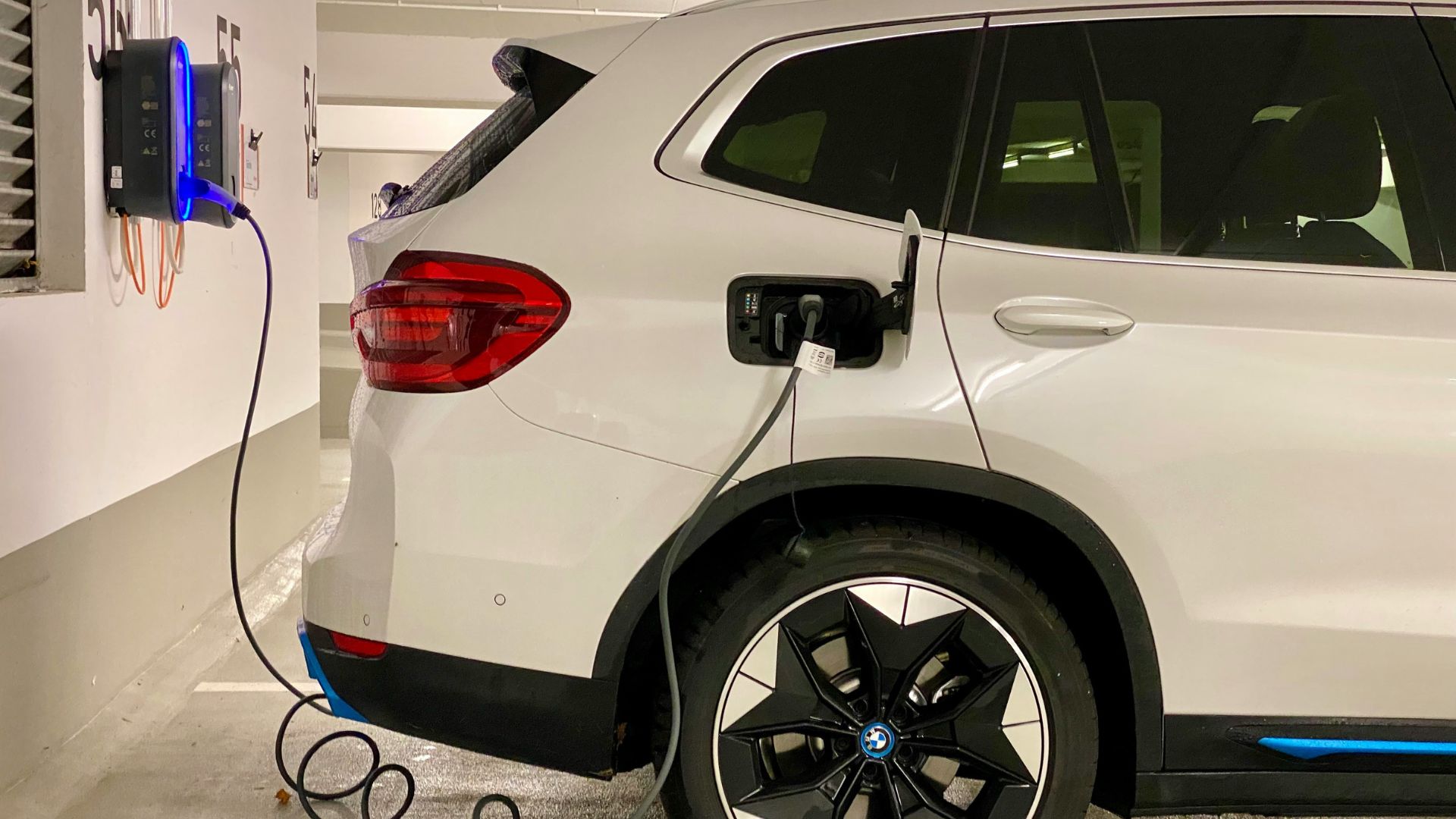
Tesla dropped the price that customers will pay for a new EV, causing it to fall from $65,295 in September of 2022 down to $50,683 in 2023. That is a 22% decrease in price in just a year.
However, the price of an average EV is still 28% higher than the average gas vehicle. A 60-month loan on an EV with an 8% interest rate will cost the average EV buyer an extra $277 per month.
Safety Concerns

Safety also ranks high in concerns for customers. However, it’s not just all-electric cars that have a priority consideration for safety. Vehicle buyers in general cite safety levels as an influencer for a vehicle purchasing decision.
“Price and safety are the top two most important features across consumers who own vehicles, regardless of whether they’re all-electric, hybrids or gasoline-powered,” Martinez wrote.
Conflict Between EV Owners and New Buyers
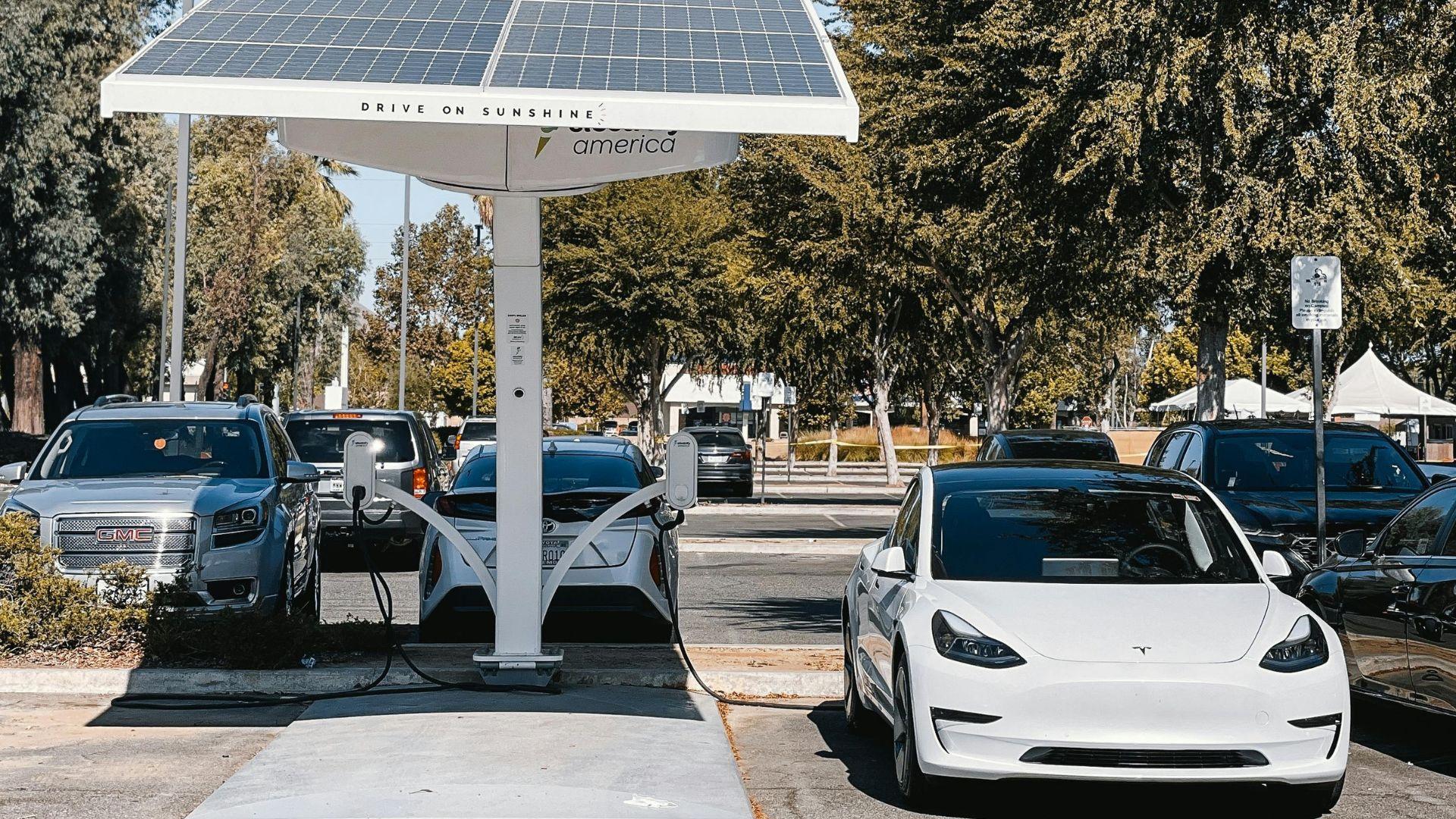
Fervent EV adopters have certain preferences that drive up the price of EVs. However, new buyers interested in these products don’t consider them necessary for their purchase. This creates a conflict for companies on whether to continue appealing to a hard-line base or sacrifice features to lower prices for potential buyers.
“EV owners are most likely to want a front trunk and self-driving technology, but potential buyers aren’t fully convinced those features are important enough to include in their future purchase,” Martinez wrote in a Morning Consult article.
Companies Focused on Add-ons
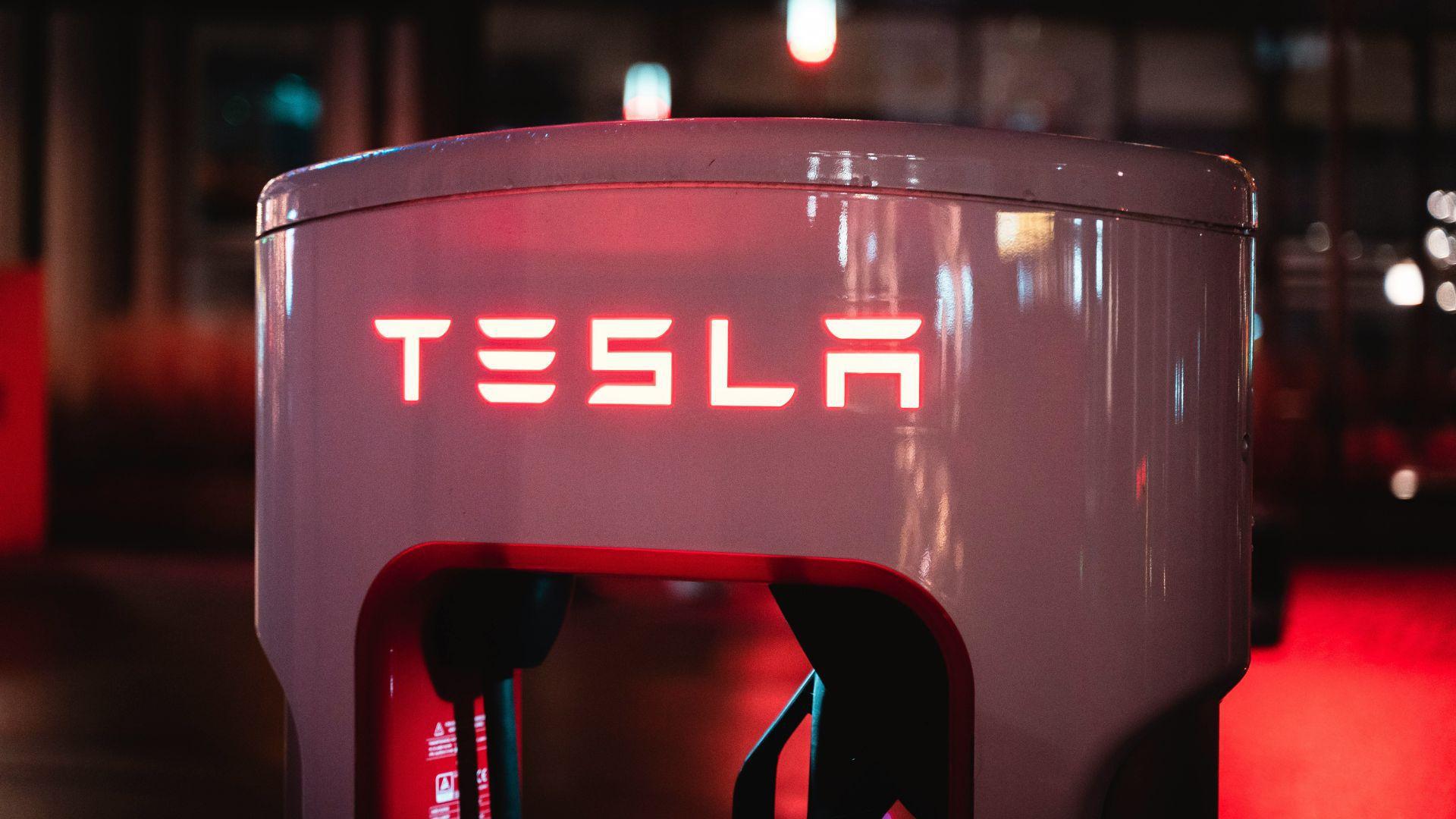
Martinez wrote in their piece about the struggle vehicle producers have in making extra features more appealing to customers.
“As automakers attempt to find the most profitable strategy for providing extra features, introducing consumers to the wide range of add-ons during a lease period might be the best way to get potential buyers to later upgrade.”
Installing Home Chargers
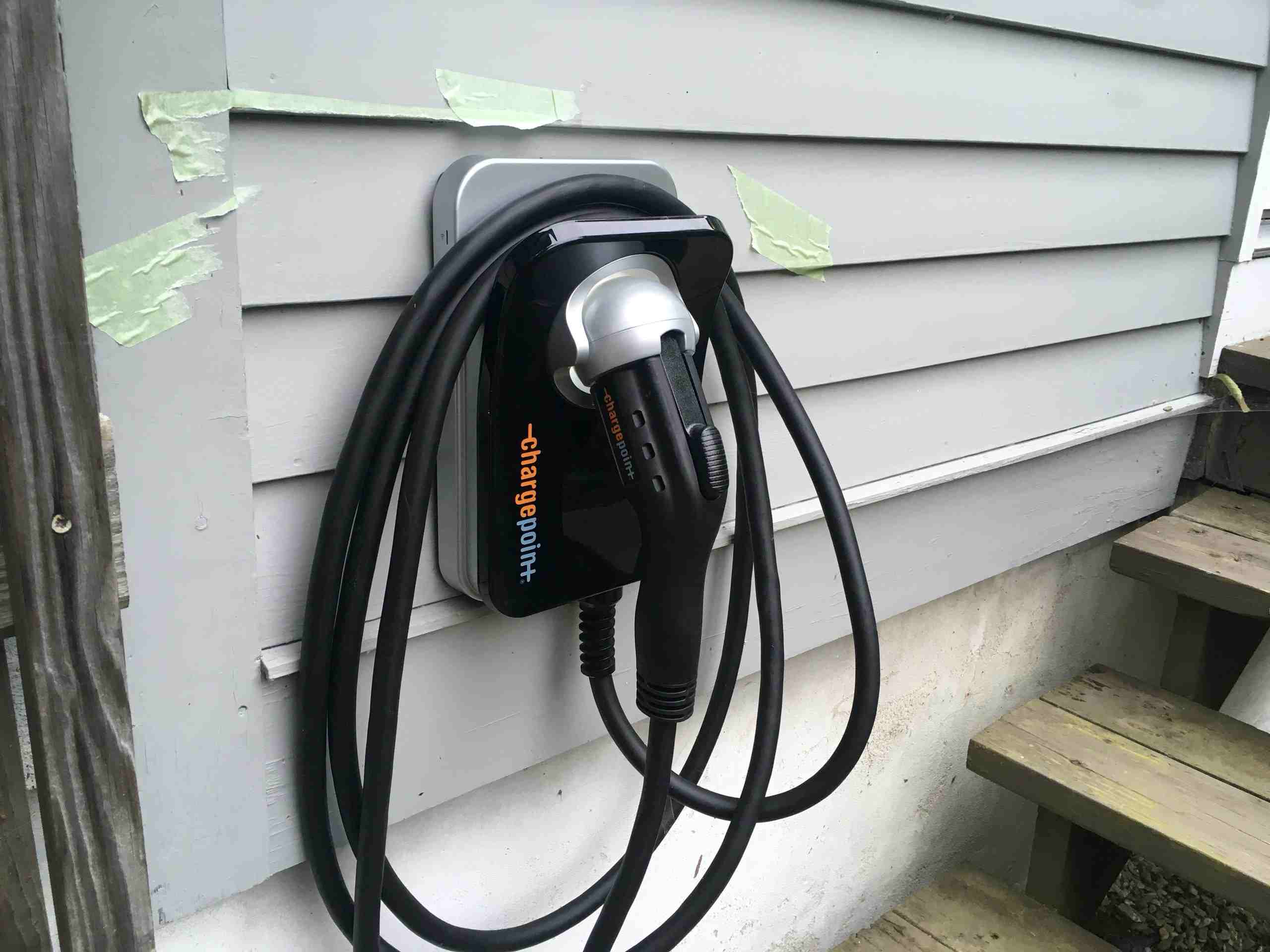
Another factor that is driving down sales of EVs is the hassle of buying and installing a home charger for a vehicle.
A new EV buyer who is installing a home charger will pay around $2,000 for the process upfront, an extra expense on top of buying a new car.
Gas Prices

The cost savings calculus between gas vehicles and EVs in the long term is sometimes down to the current price of gas. However, when someone is making a purchasing decision it’s difficult for them to predict where the price might be years down the road.
The price of gas also tends to vary widely based on the area a person lives. For example, the average price of gas in California last week was $4.65 per gallon. In Mississippi, it was $2.86 per gallon during that same time.
Learning from China

Despite plateauing EV demand in the United States, the opposite has been happening in China. Reuters reported that China’s EV sales soared by 18% from January to February. In 2023, the market saw a 21% growth.
This sales growth is happening in spite of challenges like economic woes driving down domestic sales of these vehicles. Over half of the EVs driving on the world’s roadways are found in China.
China’s Competition With US Firms
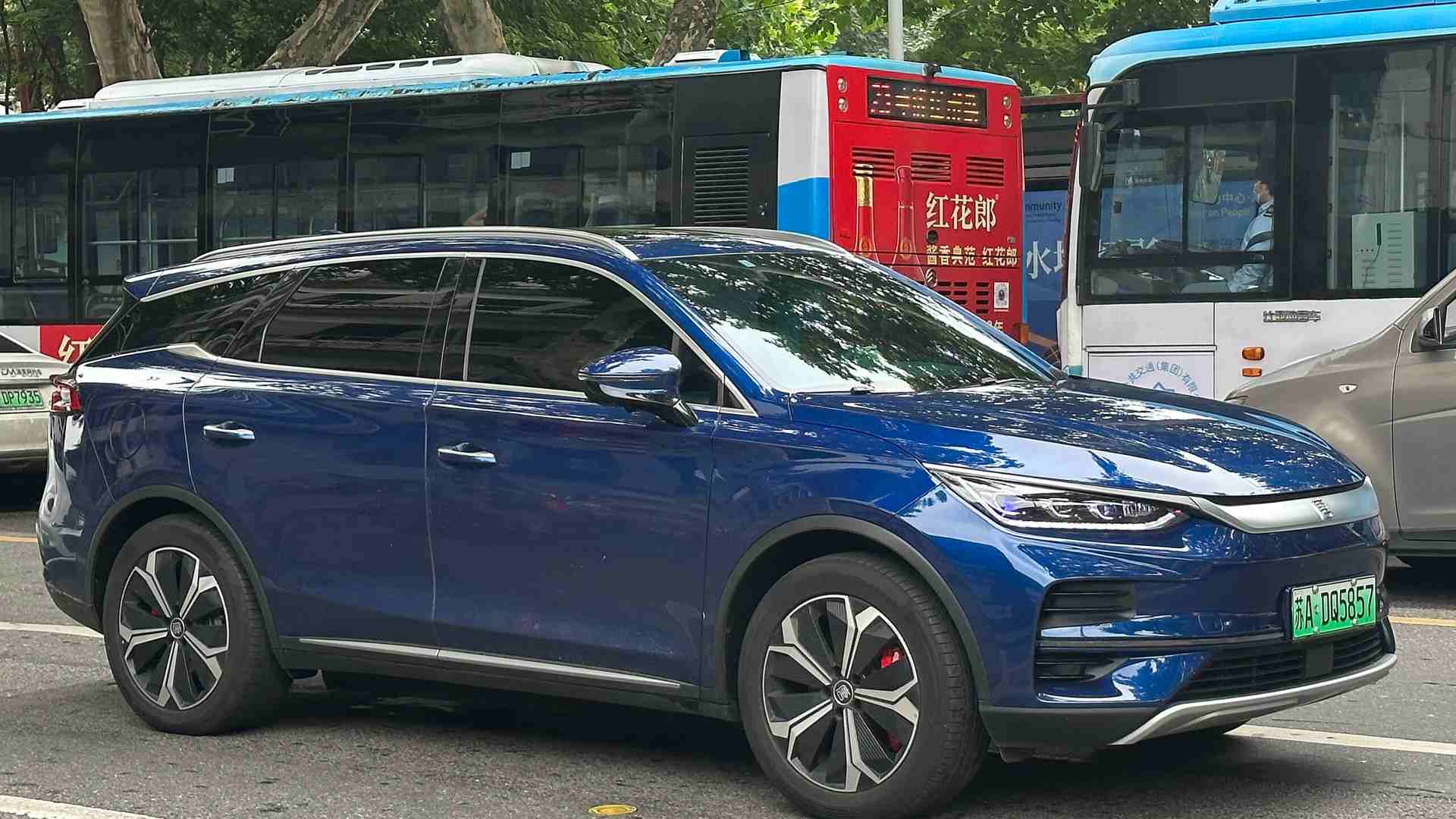
China’s successful EV market is having an effect on EV producers based in the US and elsewhere. Overseas demand for Chinese EV vehicles saw a 58% increase in 2023.
China is currently the top automobile seller in the world, with over 30 million units sold in 2023. Nearly 5 million of those automobile units were shipped to overseas destinations.
